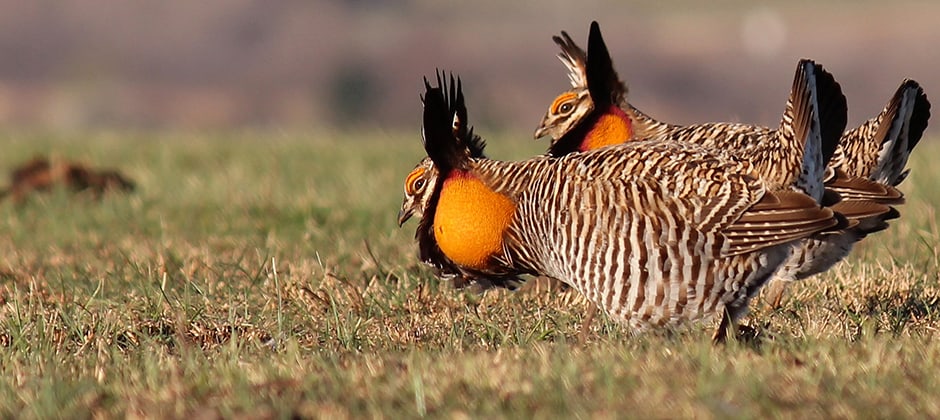Share this article
How to slow extinctions? Restore farmlands to nature
Over 70% of predicted animal and plant extinctions on land could be avoided by returning 30% of the world’s farmlands to nature. That’s the finding of a global roadmap published in Nature. Using a European Space Agency map that divides the planet’s surface by ecosystem type, researchers developed an algorithm to evaluate which areas would yield the highest return for mitigating climate change and biodiversity for the lowest cost if they were returned to their natural states. The study was requested by the United Nations Convention on Biological Diversity.
“It’s one of the most cost effective ways of combating climate change,” Bernardo B.N. Strassburg, one of the study’s authors and an environmental scientist with Pontifical Catholic University of Rio de Janeiro and the International Institute for Sustainability, told the New York Times. “And it’s one of the most important ways of avoiding global extinctions.”
Read more from the New York Times.
Header Image: In much of their range in the United States, greater prairie-chickens (Tympanuchus cupido pinnatus) rely on farmland that has been restored as native grassland. Credit: Greg Kramos/USFWS








